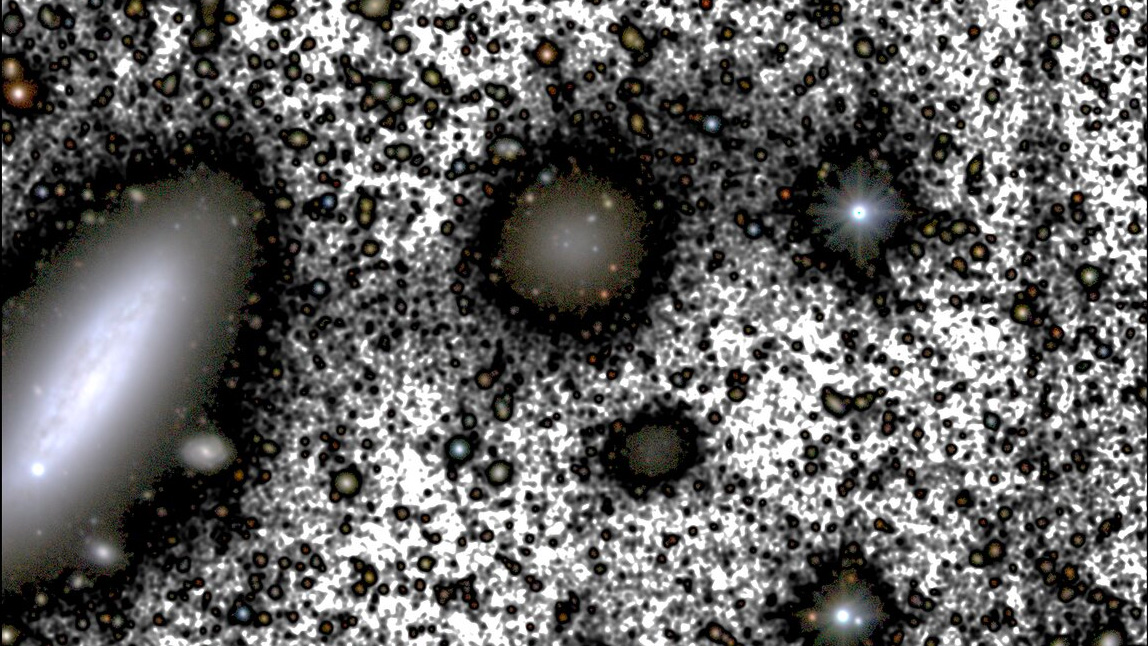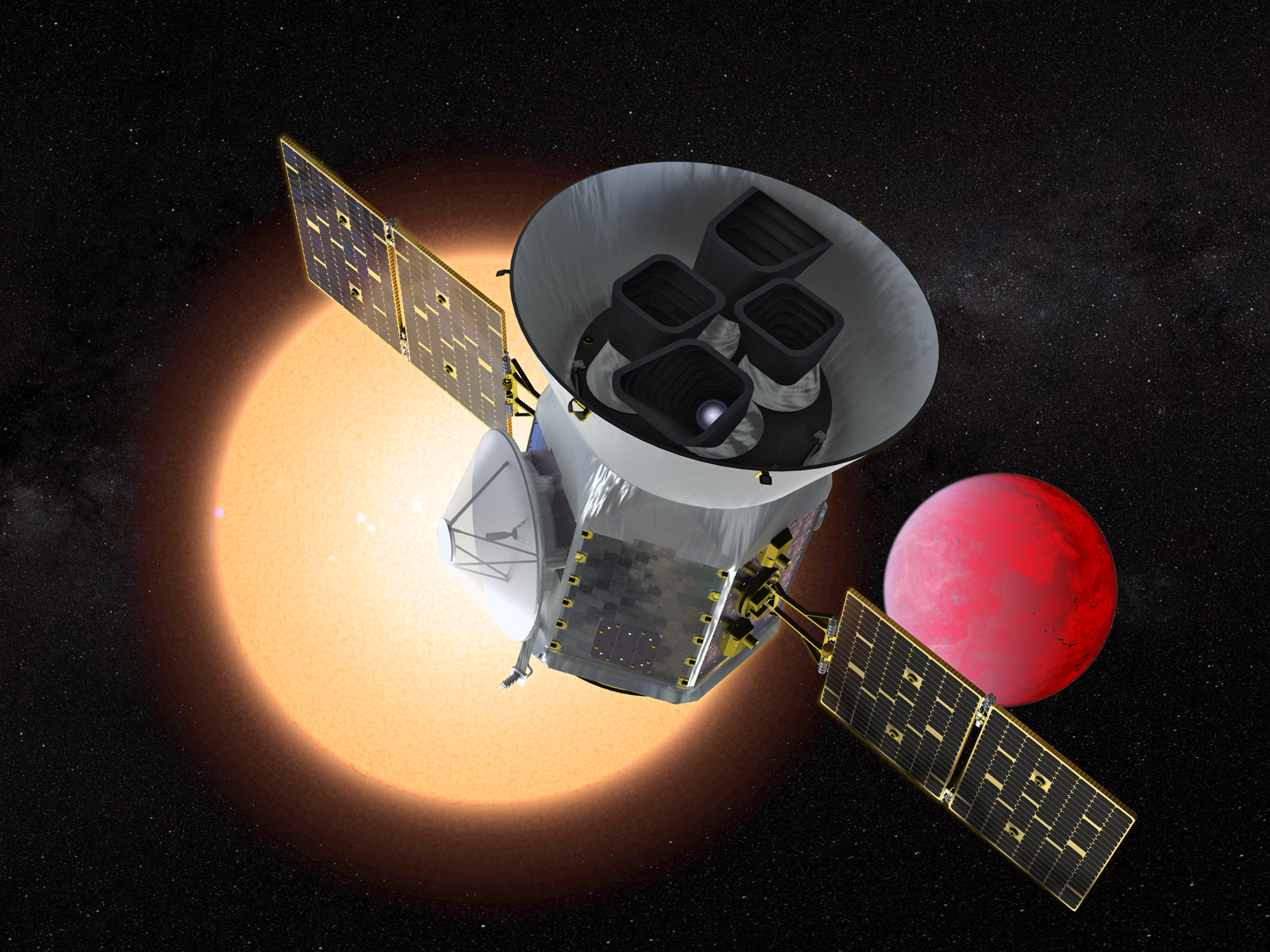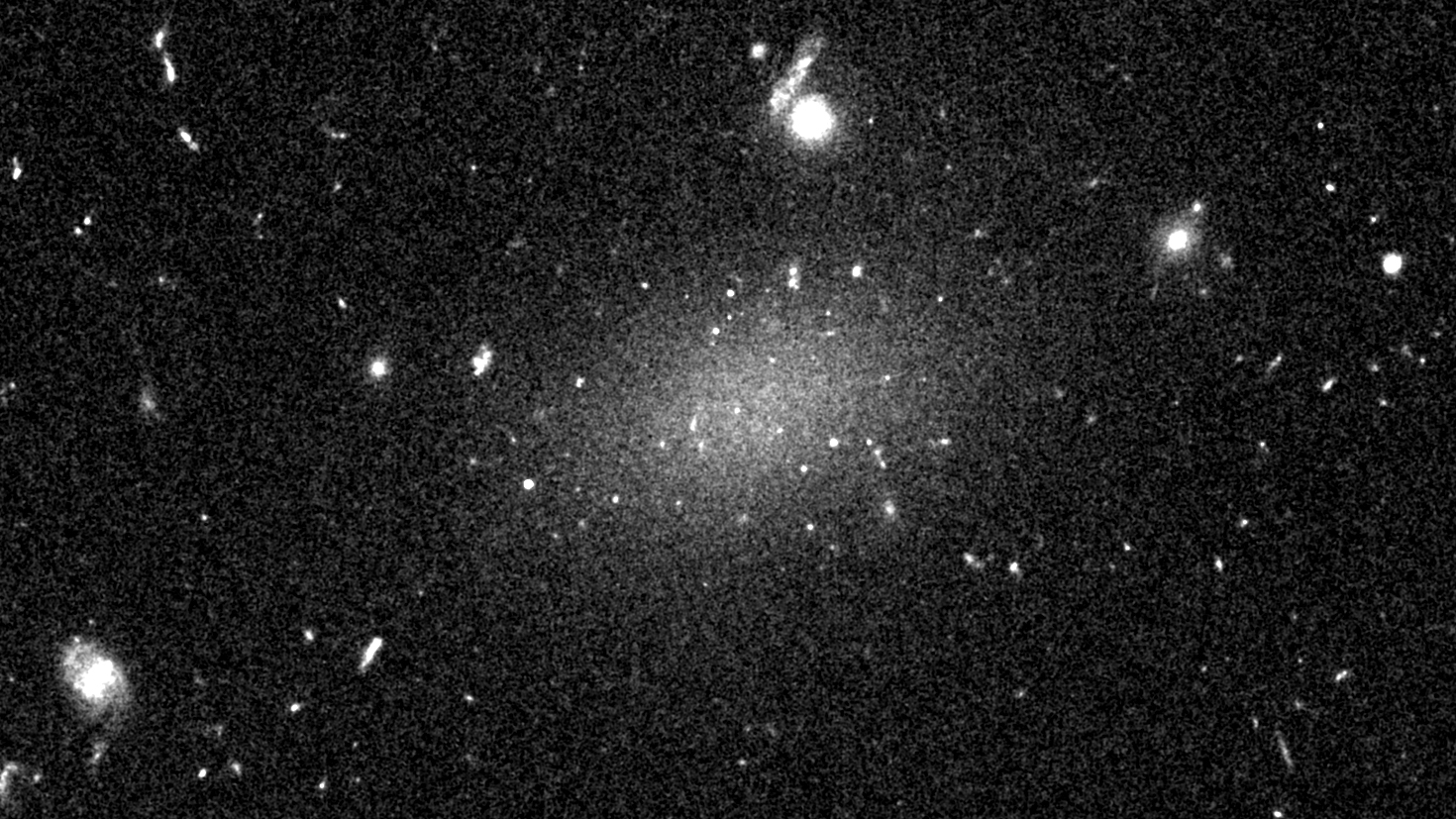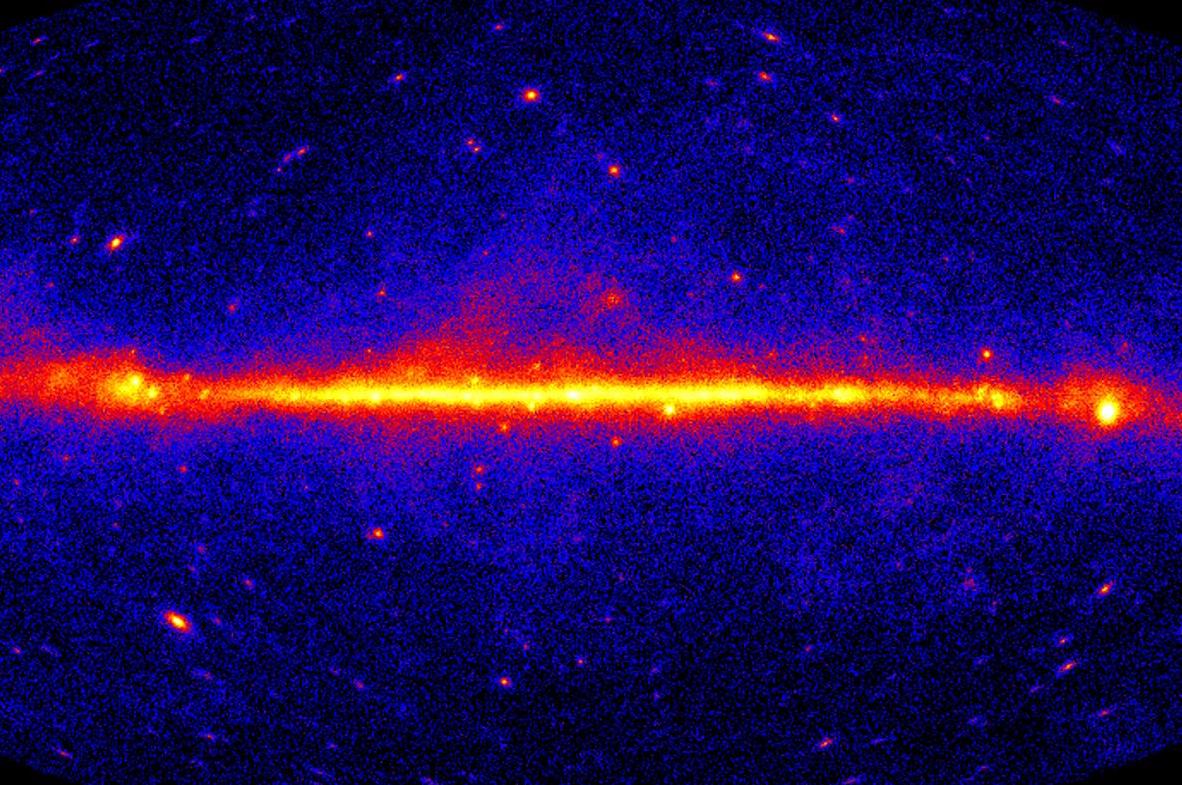6 ways the hunt for dark matter changed in 2020

Perhaps the most confounding problem in astrophysics is dark matter. Vera Rubin discovered it in the 1970s, showing that galaxies spin much faster than the visible matter in them can explain. Now researchers believe dark matter makes up 85% of the mass of the universe, and is largely responsible for giving galaxies their shape. But years have gone by without any major new revelations about dark matter, and the hunt is ongoing. Here are the most important ways the search grew and changed in 2020.
A new way to hunt for dark matter

Dark matter is all around us because we live in the Milky Way's dark matter halo, but we can't directly detect it. If it's influencing us in any way but gravity, it's probably due to rare interactions between dark matter particles and regular particles. In 2020, writing for Live Science, astrophysicist Paul Sutter wrote that exoplanets near the center of the galaxy, where the halo is thicker, should experience more of those interactions.
Those interactions are expected to transfer small amounts of energy from dark matter to regular matter. If that's happening, over time it should warm the exoplanets up in ways very precise telescopes can detect. And the James Webb Space Telescope, scheduled to launch next October, may be able to detect that added warmth. If it does, that will offer scientists new clues with which to unlock the mysteries of the dark universe.
Dark matter mysteries fell apart

In recent years, there have been claims of galaxies with either far too much dark matter for current theories to explain or far too little. Both would require ideas about dark matter and how galaxies form to be adjusted. But in 2020, two major claims along these lines fell apart.
Dragonfly 44 (DF44), detected in 2016, seemed to have a huge dark matter halo and very few stars, making its mass 98% dark matter. Here's why: DF44 seemed to have a big handful of globular clusters (pockets dense with stars) outside its dim main body, and they seemed to be moving very fast, as if tugged by the gravity of something very heavy. There were too many of them, moving too fast for the paltry central star mass of the galaxy to explain. But a follow up measurement in 2019 found the globular clusters weren't moving as fast as first measured. And in 2020, researchers re-counted the clusters, finding significantly fewer than the original observers. DF44 is a normal, dwarf galaxy after all.
Another galaxy, DF4, posed the opposite problem: It seemed to have way too little dark matter for its large number of stars. But in 2020 researchers found an explanation: early observers of DF4 had missed a neighboring galaxy tugging on it, stripping away dark matter from its halo. That normal process, where dark matter is pulled from a galaxy before most of its stars, explains the unusual behavior first reported. Both DF4 and DF44 are regular galaxies with typical amounts of dark matter after all, no theories need to change.
The d-star emerged as a dark matter contender

Most theories that try to explain dark matter assume it's something new, a type of particle scientists have never detected before. But in 2020, researchers proposed that it might actually be made of the d*(2380) hexaquark, or "d-star," which was first detected in 2014.
Get the world’s most fascinating discoveries delivered straight to your inbox.
The d-star, made up of six quarks, is short-lived. And dark matter has been around for eons. But its possible, researchers proposed in 2020, that d-stars might cluster together in ways that extend their life. Neutrons, short-lived on their own, do something similar when they cluster in atomic nuclei and live billions of years. If conditions of the early universe clustered d-stars together in the right way, that might explain dark matter, at least according to one research team.
A new dark matter signal might have emerged

Dark matter probably doesn't live forever, and many theories assume it slowly decays, emitting gamma rays in the process. Researchers have been looking for those gamma rays for a long time, but in 2020 they got one of their best hints yet.
It comes from all over the sky: the "unresolved gamma ray background." That's all the faint gamma rays that turn up in telescopes and are usually filtered out as part of the normal work of gamma ray astronomy. Similar backgrounds exist in other frequencies, like radio waves and X-rays. But in 2020, researchers compared the gamma background to a map of mass density across the sky. They found that regions with lots of stars and galaxies, and therefore lots of dark matter, also had more intense gamma ray backgrounds. Does that mean that these extra, unexplained gamma rays definitely come from dark matter? No, but it's an important clue.
An important dark matter signal may not really exist

One theory of dark matter holds that it's made of "sterile neutrinos," an as-yet undiscovered flavor of neutrino with lots of mass that interacts with other matter even more faintly with other matter. In 2020, an important clue that seemed to support that theory ran into a big problem.
For decades, researchers have thought that if sterile neutrinos exist, their decay would produce a faint glow on the X-ray spectrum, at an energy level of 3.5 kilo-electron volts (keV is a measure of the energy level of the particles producing the light). In 2014, adding together the X-ray emissions of 73 galaxy clusters, researchers did detect a faint spike in X-rays at 3.5 KeV. But in 2020, researchers went looking for the so-called "3.5 KeV line" in the Milky Way, where it should be brightest. And they found nothing, dealing a major blow to the theory. Other researchers raised objections with the methods used though, so for now the presence of a 3.5 KeV line in the Milky Way may still be up for debate.
A first axion detection?

Yet another theory of dark matter suggests it's made of ultralight particles known as axions. And researchers have built a 3.5 ton (3.2 metric ton) tank of liquid xenon deep underground to prove it. The XENON1T detector looks for glimmers of light in the dark tank, evidence of interactions with unseen particles. In 2020, pulling together years of data, the XENON1T researchers announced a first detection of axions streaming from the sun. But these axions don't appear to be the same type of axion that some think makes up dark matter, and some researchers are still skeptical that XENON1T really discovered axions at all.

